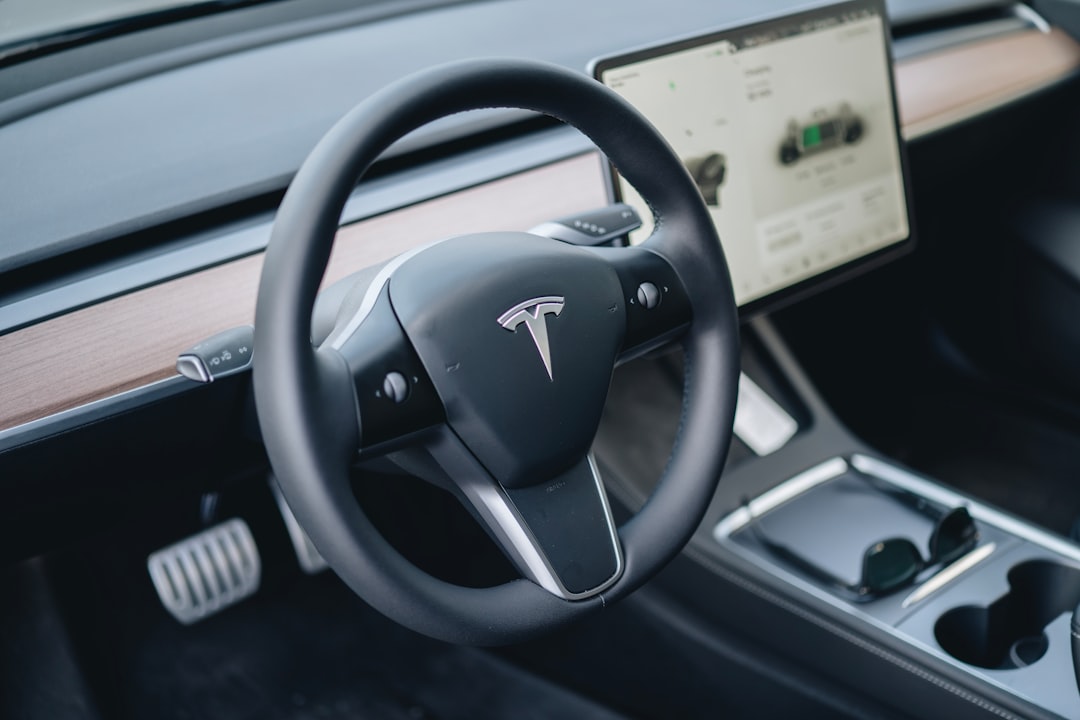In a world where cities are bustling with activity and urban landscapes are rapidly evolving, AI-driven electric vehicles (EVs) are making waves in 2023. According to Bloomberg Green, the global EV market is expected to reach $980 billion by 2028, and artificial intelligence is playing a pivotal role in this rapid transformation. But what does this mean for urban mobility and the way we navigate our concrete jungles? In this article, you’ll discover how AI-enhanced EVs are not only changing the way we commute but also paving the way for a more sustainable and efficient future.
AI in Urban Mobility: A Game Changer
The Impact of AI on Electric Vehicles
AI is revolutionizing how we experience electric vehicles. From improved battery management systems to enhanced safety features, AI technology is redefining the standards of urban mobility. Brands like Tesla and Rivian are leading the charge by integrating AI to optimize vehicle performance and user experience.
- Battery Optimization: AI algorithms are being used to extend the life of EV batteries. According to Battery University, predictive analytics help in managing battery health and efficiency, reducing the need for frequent replacements.
- Autonomous Driving: While full autonomy is still a work in progress, AI-driven features like adaptive cruise control and lane-keeping assist are becoming standard in many EV models. Tesla’s Autopilot, for instance, uses AI to provide a semi-autonomous driving experience that is continuously improving with over-the-air updates.
AI-Powered Charging Solutions
One of the biggest challenges for EV adoption has been charging infrastructure. However, AI is stepping in to make charging more efficient and user-friendly.
- Smart Charging Networks: Companies like ChargePoint and Electrify America are utilizing AI to predict peak usage times and manage energy distribution efficiently. This ensures that charging stations are available when drivers need them the most.
- Inductive Charging: Research from MIT Technology Review highlights how AI is being used to develop wireless charging solutions that could allow vehicles to charge while in motion, reducing downtime and increasing convenience.
Practical Tips for Embracing AI-Driven EVs
How to Choose the Right AI-Driven EV
With numerous options available, selecting the right AI-enhanced EV can be daunting. Here are some factors to consider:
- Autonomous Features: Evaluate the level of autonomy offered. Tesla and Lucid Motors provide advanced autonomous features that can enhance your driving experience.
- Battery Life and Charging: Consider the battery life and charging options. Brands like Hyundai and Volkswagen are known for their efficient battery management systems.
- User Interface: AI isn’t just under the hood; it’s also in the dashboard. A user-friendly interface can make a significant difference in your daily commute.
Where to Buy and Compare AI-Driven EVs
- Online Platforms: Websites like Electrek and InsideEVs offer detailed comparisons and reviews of the latest EV models, helping you make an informed decision.
- Dealerships: Visiting local dealerships can provide hands-on experience with different models. Brands such as Ford EV and Nissan often have test drive events where you can experience AI features firsthand.
The Future of AI-Driven Urban Mobility
The Role of AI in Sustainable Cities
AI-driven EVs are not just changing individual commutes; they’re transforming entire cities. Here’s how:
- Reduced Traffic Congestion: AI technology in EVs can optimize traffic flow by analyzing real-time data and suggesting alternative routes, significantly reducing congestion.
- Lower Emissions: As EVs replace traditional combustion engines, urban areas will see a substantial decrease in air pollution, contributing to cleaner, healthier cities.
Innovations on the Horizon
The future promises even more exciting developments in AI-driven urban mobility:
- Vehicle-to-Everything (V2X) Communication: This technology allows vehicles to communicate with each other and city infrastructure, enhancing safety and efficiency.
- AI-Driven Public Transport: Public transport systems are beginning to incorporate AI and EV technologies to offer on-demand, efficient services.
Conclusion: Embracing the AI Revolution in Urban Mobility
As we move forward in 2023, AI-driven electric vehicles are not just a transportation trend; they are a cornerstone of the future of urban mobility. With advancements in AI technology enhancing everything from battery life to autonomous driving capabilities, the potential for creating smarter, more sustainable cities is immense. Whether you’re considering purchasing an AI-driven EV or simply excited about the future of transportation, one thing is clear—AI is redefining the way we move.
We’d love to hear from you! How do you envision AI transforming urban mobility in the next decade? Share your thoughts in the comments below. As urban landscapes continue to evolve, the integration of AI and EV technologies will undoubtedly lead to a more efficient and sustainable future.
With AI at the wheel, the journey ahead is not just about getting from point A to point B—it’s about creating a smarter, cleaner, and more connected world.

